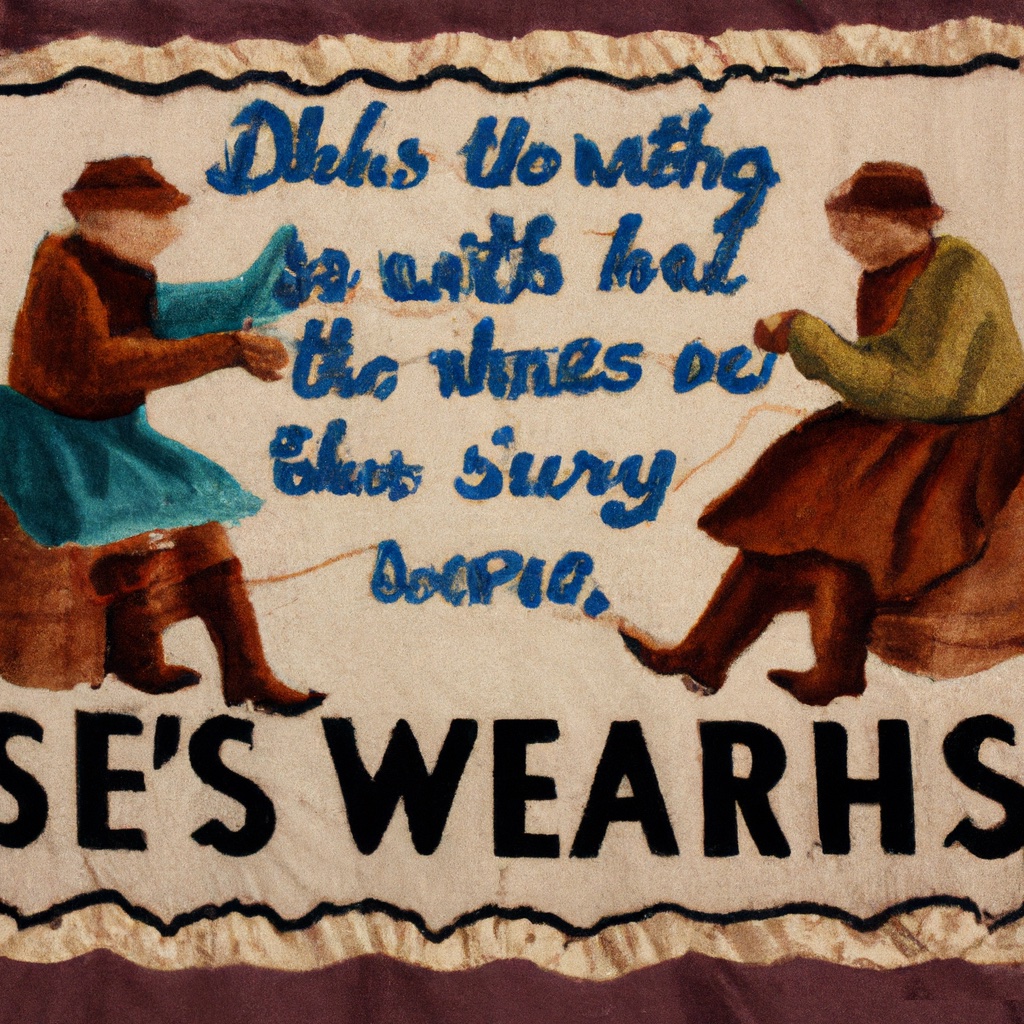Understanding ADSL Contention
It’s September 2023 and I’m still fighting for bandwidth. I know you’re just looking for a good UK-based value broadband package, but this market is bonkers and since I’m blogging about it I’ll share some thoughts on context…
In the world of broadband internet, the concept of ADSL contention often lurks in the shadows, shaping our online experiences in ways we may not fully grasp. To truly comprehend the technical aspects and the profound socio-cultural implications of ADSL contention, let’s delve into this multifaceted phenomenon.

The Technical Essence of ADSL Contention
At its core, ADSL (Asymmetric Digital Subscriber Line) contention refers to the shared use of bandwidth among multiple users connected to the same broadband network. In an typical ADSL setup (ie ‘a broadband connection’), the “asymmetric” part signifies that upload and download speeds aren’t equal. Typically, download speeds are significantly faster than upload speeds, aligning with the assumption that users consume more data than they generate.
ADSL contention, therefore, emerges when multiple users within a network compete for the available bandwidth. This contention can lead to a reduction in the actual speed experienced by each user during peak usage hours. It’s akin to a traffic jam on the digital highway, where everyone vies for the fastest lane but ends up moving at a slower pace.
The impact of ADSL contention on speed is straightforward: when many users are active simultaneously, each user’s speed can decrease. This slowdown can be frustrating, especially when streaming videos or playing online games, activities that demand consistent and high-speed connections.
So what? From Tim Berners-Lee to the Streaming Era
Now, let’s unravel the socio-cultural tapestry that ADSL contention is woven into.
In the early days of the World Wide Web, Tim Berners-Lee shared his “www” folder over CERN’s modest 64k leased line. The bandwidth requirements were minuscule compared to today’s standards. At that time, the internet was a realm of information exchange, not a repository for high-definition multimedia.
Fast forward to the present, and we’re in the midst of a digital renaissance. Our expectations have shifted, and we’ve become accustomed to streaming HD content, video conferencing, and seamless online gaming. This evolution raises questions about our privilege and the environmental impact of our digital habits.
The Privilege of Ubiquitous Connectivity
We now find ourselves in a world where it’s considered normal for each household to have multiple devices, all vying for bandwidth. We’ve come to expect instantaneous access to a vast ocean of content. This shift hints at a certain privilege—an expectation of constant, high-speed access to information and entertainment. ADSL contention becomes a reminder that resources are finite, even in the digital realm.
The Consumption-Driven Society
Our consumption-driven society has fueled the rise of content streaming services, each striving to provide an ever-expanding library of options. This intense competition has driven the demand for bandwidth to unprecedented levels. While the convenience of on-demand streaming is undeniable, it has a hidden cost, one that ADSL contention exposes. We’re confronted with the question of whether we’re mindful consumers or simply indulgent ones.
The Planet’s Burden
As we perpetually stream, download, and share data, we place an immense burden on the planet. Data centers, required to handle our insatiable demand for digital content, consume vast amounts of energy. The environmental repercussions are undeniable, challenging our commitment to sustainability and the health of the Earth.
A Glimpse into the Future
What does this mean for the future? It’s a question we must ponder. The technological advancements that brought us ADSL contention also afford us the potential for responsible, sustainable choices. As we navigate this digital age, we must strive for a harmonious balance between our digital desires and the finite resources of our planet.
In the tapestry of ADSL contention, we confront our privilege, our consumption-driven society, and the environmental cost of our digital habits. The future beckons us to explore new ways of harnessing technology without sacrificing the values we hold dear—equity, sustainability, and the well-being of our world.